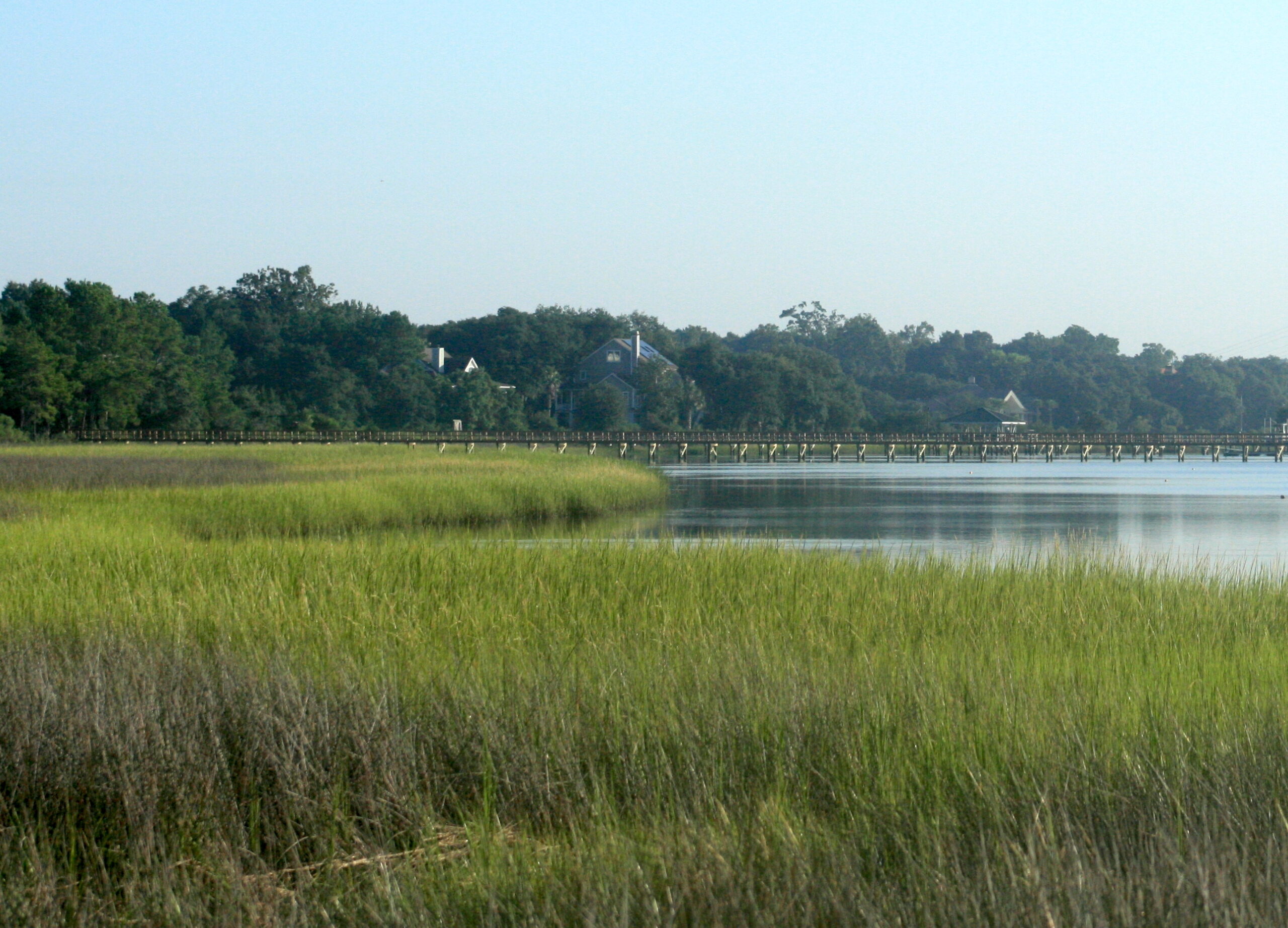Conservation-Minded Plans for Point Hope Development

Through thoughtful community design and continued stewardship, Point Hope Charleston creates a conservation-minded bridge between the land’s natural resources and historic legacy and its vibrant future. Half of the community’s 9,000 acres will remain undeveloped as permanently protected wetlands, buffers and natural areas. And of the 4,500 acres of highland that will be developed, approximately 1,000 acres will become parks, trails and open space that are open to the public.
As an important part of the larger Cainhoy peninsula, the City of Charleston approved the Point Hope master plan for the property, which was formerly known as Cainhoy Plantation, with a goal “to promote a sensible development pattern and to create a sustainable community that embraces the Lowcountry natural heritage by providing connectivity of habitat, minimizing impacts of development on natural resources and ecological processes, and employing strategies to enhance co-mingling of human habitat and wildlife habitat.”
Following are highlights of the conservation-minded steps that have already been taken and are currently underway at Point Hope and Cainhoy SC:
- 650 acres of the property, including wetlands and highland, will be maintained as a professionally-managed Nature Sanctuary. This is the largest conservation easement ever to be located within the City of Charleston.
- The development team, with counsel from the United States Army Corps of Engineers, the conservation community and industry experts, developed an innovative on-site mitigation strategy for wetland impacts rather than buying off-site credits. This strategy allows for the preservation of a significant amount of the property’s unique assets in place.
- Thousands of acres of the protected wetlands, buffers and highland will maintain continuous links between the property and the adjacent Francis Marion National Forest.
- Less than 2% of the total property and less than 5% of the wetlands will be impacted (178 of 4,500 wetland acres). The impacted wetlands are scattered throughout the property and are primarily for road crossings and development efficiency. Compared to other development projects of this size, this is an exceptionally low percentage.
- Rather than using all road frontage for commercial development, a buffer has been placed along Cainhoy Road across from the Francis Marion National Forest in order to preserve the rural appearance of Cainhoy Road in this area.
Conservation-minded planning is at the very heart of the Point Hope master plan and Cainhoy SC development, and it is one of the reasons we believe Point Hope will maintain its unique and authentic character as the community grows.